Ever wonder how to make your videos look more like those classic films you love? You know, the ones with that warm, textured feel that just pulls you in? Well, you’re in the right place. Adding a film grain overlay for video is one of the easiest and most effective ways to give your content a professional, cinematic touch. Whether you’re working on a vlog, a short film, a promo, or even a social media clip, a good grain overlay can totally change the vibe.
It’s not just about making things look old—it’s about adding emotion, depth, and style. And the best part? You don’t need to be a pro editor to pull it off. In this guide, we’ll walk through what film grain overlay is, why it works, the different types you can use, and how to apply it smoothly using tools like CapCut. We’ll also share some practical tips so your videos look balanced—not overdone.
Ready to transform your footage? Let’s jump in.
What Exactly Is a Film Grain Overlay?
You’ve probably noticed that old movies have a certain look—a kind of texture that’s gritty yet beautiful. That’s film grain. Back in the day, cameras used physical film made up of tiny light-sensitive particles. When developed, these particles created a visible texture—what we now call grain.
A film grain overlay for video is a digital version of that. It’s an effect you layer over your video to mimic that classic, organic feel. So even if you shot your video on a phone or a modern camera, you can make it look like it was filmed on vintage equipment.
But it’s not just random noise. A good grain overlay adds depth and a tactile quality. It can make your video feel less sterile and more human. People often use it to bring out feelings of nostalgia, warmth, or timelessness. It’s perfect when you want your project to stand out or carry a certain mood.
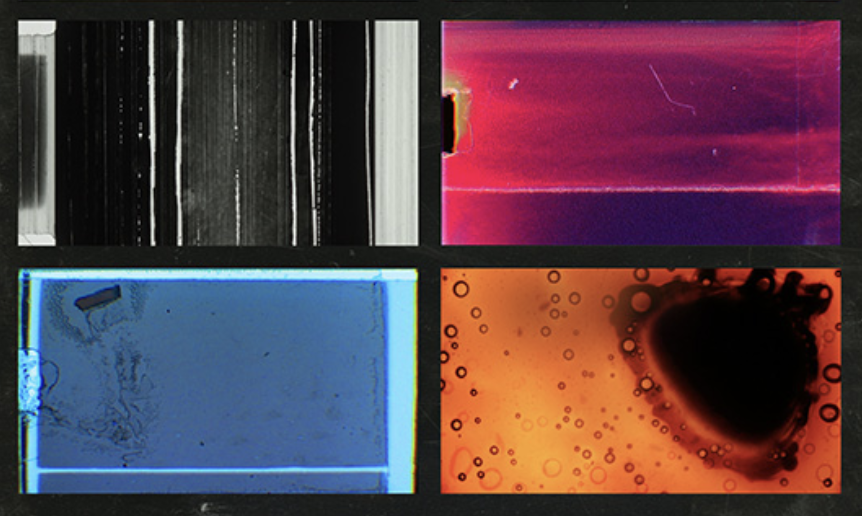
Why Film Grain Matters in Visual Storytelling
Film grain isn’t just a technical artifact—it’s always been part of what makes movies and photos feel real and emotional. In photography, grain gave images character. It made them feel less perfect and more authentic. That’s why many photographers still love grainy black-and-white shots.
In movies, grain was part of the magic. It gave scenes texture and made them feel alive. Even today, many filmmakers add grain in post-production to make digital footage feel more like classic cinema.
A film grain video overlay does the same for modern videos. It brings back that organic texture that clean digital video often misses. Whether you’re going for a homemade vintage look or a high-end cinematic style, grain helps set the tone.
So if you want your video to feel more artistic, authentic, or packed with emotion, using a grain overlay is a great move.
Five Common Types of Film Grain Overlays
Not all grain is the same. Depending on the style and mood you’re after, you can pick from several types of film grain overlays. Each brings its own unique feel. Here are five popular ones:
1. 8mm Coarse Grain
Remember those old home videos from the ’60s or ’70s? That’s the 8mm look. It’s bold, gritty, and super noticeable. This type of grain overlay is perfect if you want a strong retro vibe. It works great for projects that should feel personal, handmade, or nostalgic—like family videos, indie films, or throwback music videos.
Adding grain to video with an 8mm style gives it a raw, authentic touch. It’s not meant to be subtle.
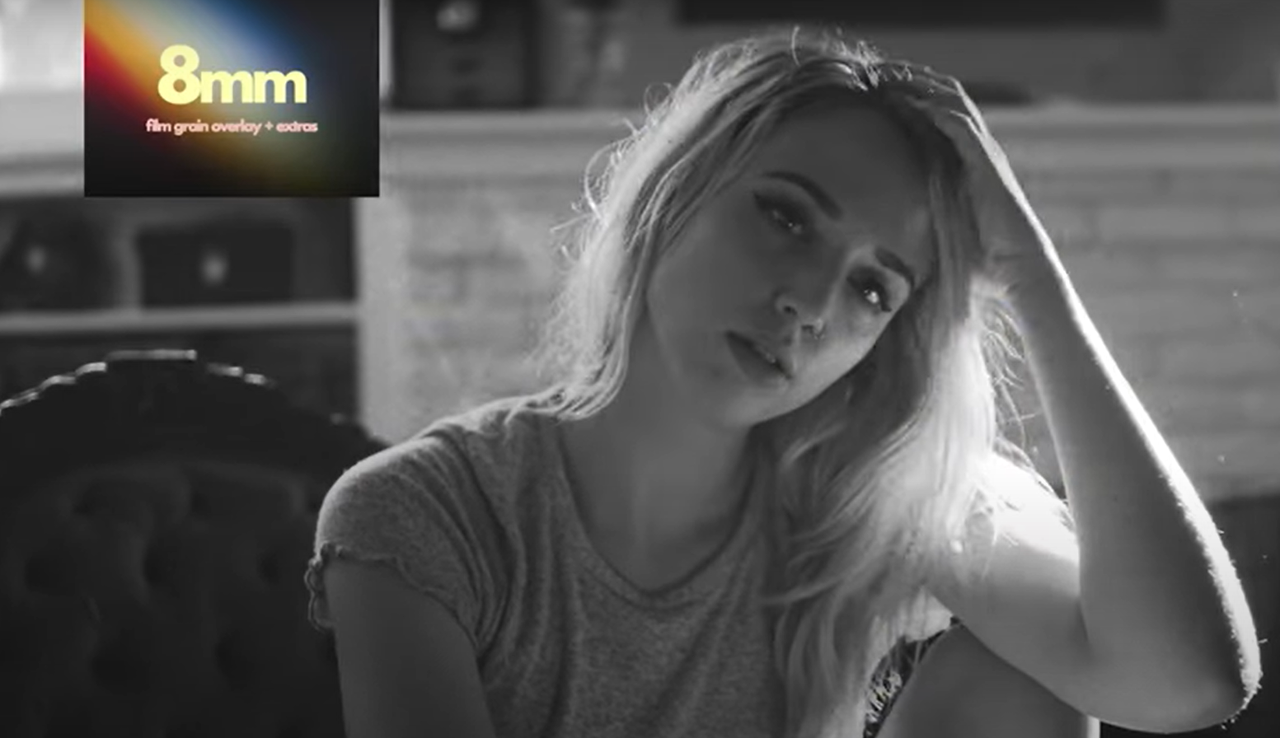
2. 16mm Coarse Grain
A bit more refined than 8mm, 16mm grain is still visible but not overwhelming. It was often used in indie films and documentaries. It adds texture and character without stealing attention.
This type of film grain overlay is ideal if you want a classic cinematic look but don’t want the grain to distract from your story. It brings warmth and depth, making the video feel grounded and real.
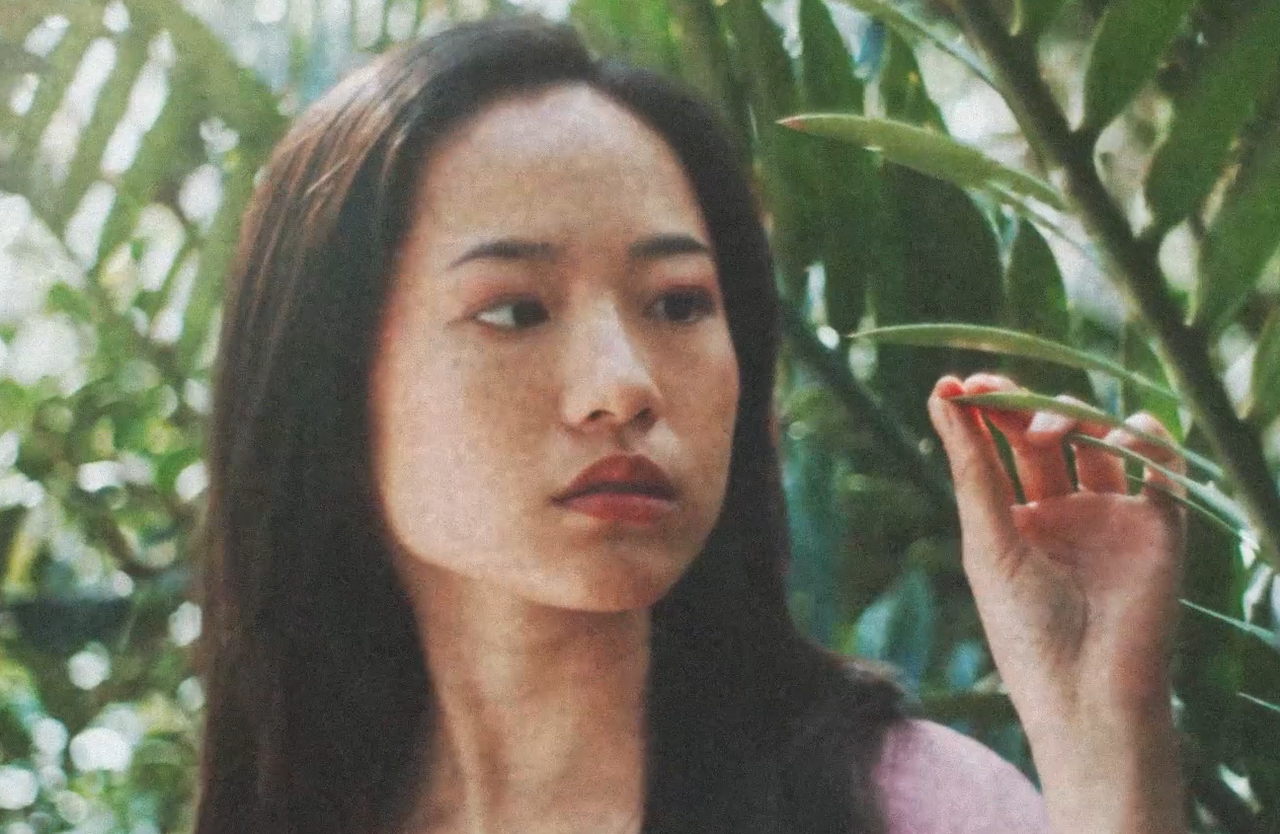
3. 35mm Coarse Grain
This is the professional standard. 35mm grain is subtle and smooth—the kind you see in classic Hollywood films. It adds a layer of texture without being obvious.
If you want your video to look high-end and cinematic, this is a great choice. It improves the image without shouting for attention. This type of grain overlay works well for narrative films, ads, or any project where you want a polished finish.
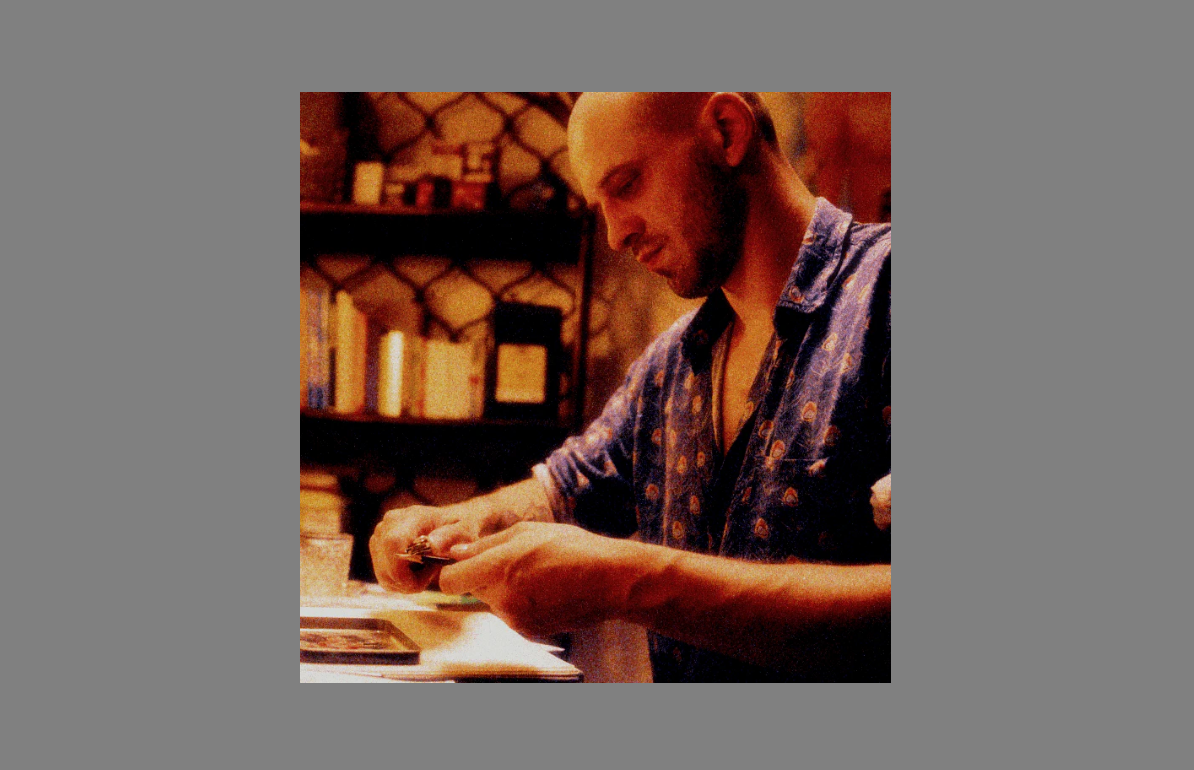
4. 4K Film Grain
As more people shoot in 4K and higher resolutions, grain effects have evolved too. 4K film grain is crisp and detailed. It adds texture without losing clarity.
This is perfect if you’re working on a project that needs to look both modern and cinematic. Whether it’s a digital ad, YouTube video, or short film, a 4K grain overlay blends the classic film look with sharp, clean footage.
Using a grainy video overlay in 4K means you don’t sacrifice quality for style.

5. Distortion Scratches
This one goes beyond grain. Distortion scratches include texture, scratches, dust, and other imperfections that make footage look aged and worn.
It’s a dramatic effect, often used in horror films, music videos, or projects that need a gritty, distressed look. If you want your video to feel like it was just discovered in an old attic, this grain overlay will do the trick.

How to Add Film Grain Overlay Using CapCut
Now that you know the types, you might be wondering how to actually apply them. Luckily, you don’t need to be an expert. With tools like CapCut desktop video editor, adding a film grain overlay is straightforward.
Here’s a simple step-by-step:
Step 1: Import Your Video
Open CapCut and start a new project. Click “Import” to bring your video into the editor. Drag and drop it onto the timeline.
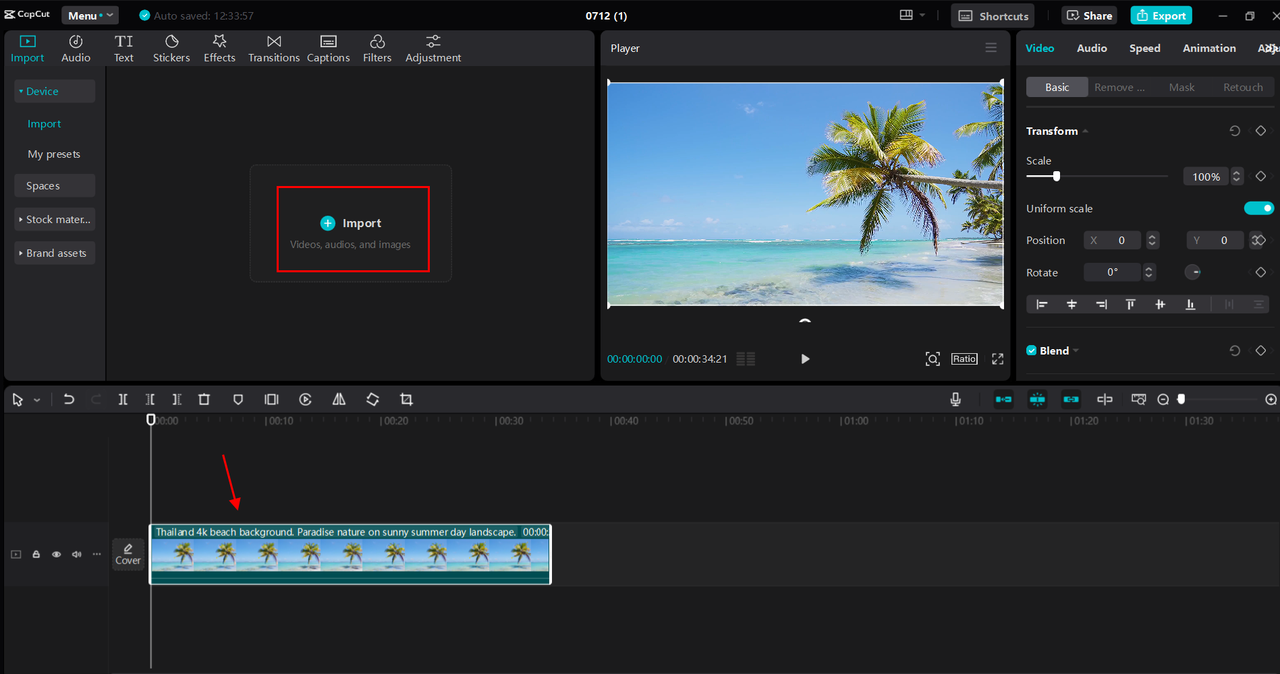
Step 2: Find and Apply the Grain Effect
On the left, click the “Effects” tab. Type “grain” in the search bar. You’ll see options like “Film Grain,” “8mm Grain,” or “4K Grain.” Choose one and drag it onto your video clip in the timeline.
Step 3: Adjust the Intensity
Click on your video clip. On the right, you’ll see effect settings. Use the “Intensity” slider to control how strong the grain effect is. Slide left for softer grain, right for more noticeable texture. Tweak it until it looks just right.

Step 4: Export Your Video
When you’re happy with the look, click “Export.” Choose your preferred resolution and format. You can also share directly to platforms like YouTube or TikTok.
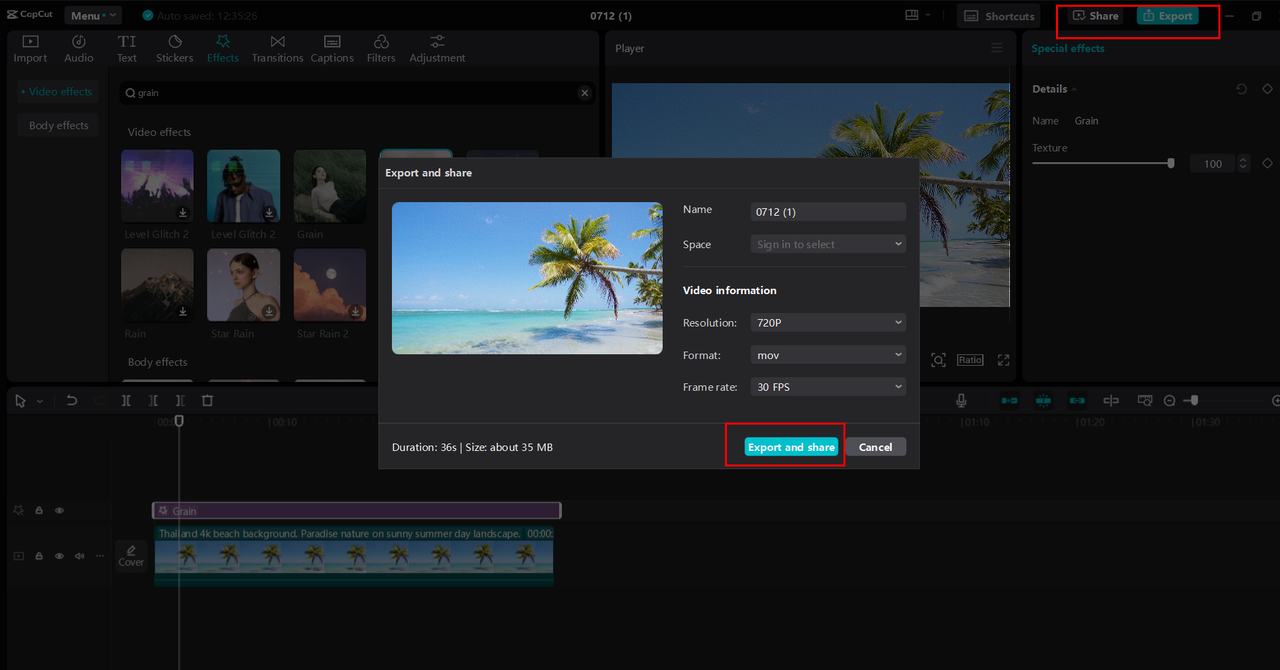
And that’s it! In just a few steps, you’ve added a professional film grain overlay.
CapCut — Your all-in-one video & photo editing powerhouse! Experience AI auto-editing, realistic effects, a huge template library, and AI audio transformation. Easily create professional masterpieces and social media viral hits. Available on Desktop, Web, and Mobile App.
Tips for Using Film Grain Overlay Effectively
Adding grain to video can make a huge difference, but you’ve got to use it wisely. Here are some things to keep in mind:
Match the Vibe
Think about the mood you’re going for. Heavy grain can feel dramatic or nostalgic, while light grain adds just a touch of warmth. Choose based on the emotion you want your video to convey.
Avoid Overdoing It
It’s easy to get carried away. Too much grain can make your video hard to watch or distract from the story. Always adjust the intensity so it complements the footage instead of hiding it.
Consider Video Quality
If you’re working with high-resolution video, use a grain overlay that matches. For example, 4K footage looks best with fine, high-res grain. Lower-resolution videos can handle coarser grain. Make sure the grain doesn’t make your video look blurry or low quality.
Keep It Consistent
If your video has multiple clips, apply the same grain effect across all of them. Inconsistent grain can look messy and break the flow.
Know Your Audience
Some viewers love vintage style; others prefer clean, modern video. Think about who will watch your content. Bold grain might work for social media trends, while subtle grain is safer for corporate projects.
By following these tips, you can use a grainy video overlay in a way that enhances your video without causing issues.
Wrapping Up
Using a film grain overlay for video is a simple yet powerful way to elevate your content. It adds texture, emotion, and a professional touch that makes videos more engaging and memorable.
Whether you choose 8mm for a retro feel, 35mm for a classic cinema look, or 4K grain for modern projects, there’s a grain overlay that fits your needs. And with easy-to-use tools like CapCut, adding grain to video has never been easier.
So why not try a grainy video filter in your next project? You might be surprised by how much it improves the overall vibe.
CapCut — Your all-in-one video & photo editing powerhouse! Experience AI auto-editing, realistic effects, a huge template library, and AI audio transformation. Easily create professional masterpieces and social media viral hits. Available on Desktop, Web, and Mobile App.
Frequently Asked Questions
Where can I download a free film grain overlay?
You can find free film grain overlays on many stock video sites and editing communities. CapCut also includes free grain effects in its desktop editor.
Are there free 4K film grain overlays?
Yes! Many platforms, including CapCut, offer free 4K film grain overlays. These are perfect for high-res projects.
How do I use a 4K film grain overlay?
It’s similar to other overlays. Import your video into CapCut, find the 4K grain effect, drag it to your timeline, and adjust the intensity.
Can I use grain overlay on any video?
Absolutely. Most editing software supports grain overlay. Just pick a grain type that suits your video’s resolution and style.
Will adding grain make my video look old?
It can, but it doesn’t have to. It all depends on the type and intensity. Subtle grain can add warmth without making your video look dated.
Thanks for reading! We hope this guide helps you create stunning, cinematic videos with film grain overlay.
Some images sourced from CapCut.
 TOOL HUNTER
TOOL HUNTER



